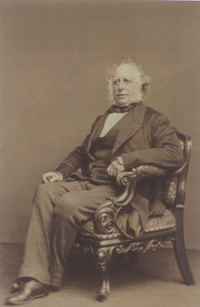
CURRIE, SIR FREDERICK (1799-1875), diplomat, son of Mark Currie, was born on 3 February 1799. He came out to India in 1820, and served in various capacities in the civil and judicial departments before being appointed a judge in the North-West Frontier Province. He became foreign secretary to Government of India at Fort William in 1842. During the first Sikh war (1845-46), he remained with Governor General Lord Hardinge and was instrumental in arranging with the Sikhs the terms of the first treaty of Lahore.











